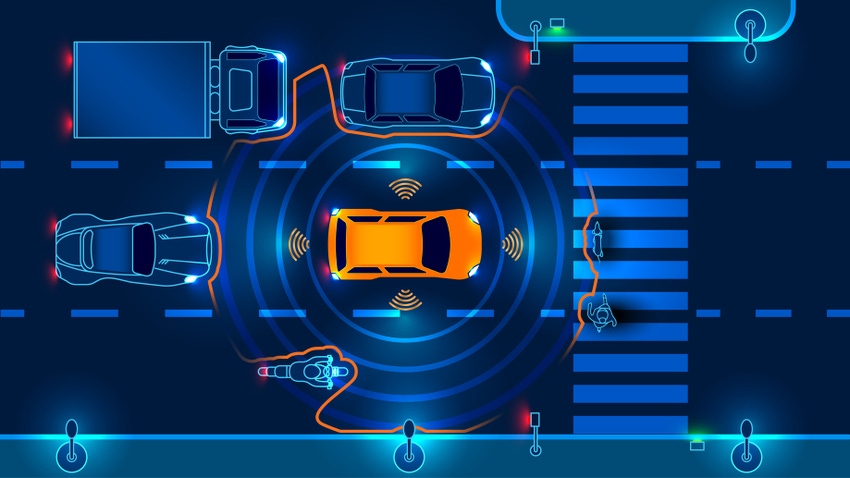Nokia and KDDI demonstrate 4G can be used for connected car
Autonomous vehicles and the connected car have been one of the front-runners for 5G investments, but in demonstrating 4G can be used as low-latency connectivity for vehicles, has Nokia undermined its 5G mission?
April 16, 2018

Autonomous vehicles and the connected car have been one of the front-runners for 5G investments, but in demonstrating 4G can be used as low-latency connectivity for vehicles, has Nokia undermined its 5G mission?
This is part of the issue for the telcos when it comes to investments for 5G; the messaging is very messy. It will be an expensive mission to upgrade the world to the fifth generation of mobile networks, therefore sound business cases for ROI are needed, with autonomous vehicles and the connected car near the top of the list. But if this usecase can be delivered over 4G, does this undermine the desperation for the superfast, low latency networks?
5G will of course be better, but we don’t live in a perfect world and sometimes sacrifices have to be made. This isn’t exactly a press release which encourages the telcos to go all in on the new networks.
The pair now claim to have successfully demonstrated the use of LTE in Japan to deliver cost-efficient, low-latency connectivity for vehicles, using the evolved Multimedia Broadcast Multicast Service standard in two connected car applications, and demonstrating the potential of cellular technology to enable fully automated driving in the future.
The Nokia evolved Multimedia Broadcast Multicast service (eMBMS) hotspot solution, allows data to be sent once to many users simultaneously, which in this trial, allowed real-time information to be shared with multiple vehicles to cost-effectively enable awareness and road safety. In this example, Vehicle-to-network-to-vehicle (V2N2V) and Network Real-Time Kinematic (network RTK), were the applications demonstrated.
“We are pleased to work with Nokia to demonstrate our leadership in the delivery of mobile networks for IoT and connected car communications,” said Munefumi Tsurusawa, GM for Connected Vehicle Technology Department, Technical Planning Division at KDDI Corporation. “This is an important trial showing how the automotive industry can leverage cellular technology to enhance safety of connect vehicles on the roads.”
“Nokia has a comprehensive solution package for V2X based on its MEC platform and eMBMS hotspot solution aiming to cost-effectively accelerate the adoption of vehicle-to-everything communication,” said Uwe Puetzschler, Head of Car2X at Nokia. “While manual intervention was used in the proof-of-concept trials, a clear evolution path to 5G will enable operators such as KDDI to support the widespread adoption of automated vehicles.”
It is no secret 4G and 5G networks will live alongside each other in harmony for at least the first few years of deployment, however you have to wonder whether Nokia has shot itself in the foot here. Huawei took the 4G world by storm, with Ericsson and Nokia both waiting on the 5G revolution to recoup lost fortunes, it is certainly a brave move to send out press releases which potentially undermine one of the leading 5G usecases.
About the Author(s)
You May Also Like











_1.jpg?width=300&auto=webp&quality=80&disable=upscale)


.png?width=800&auto=webp&quality=80&disable=upscale)